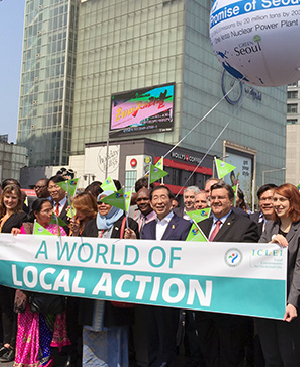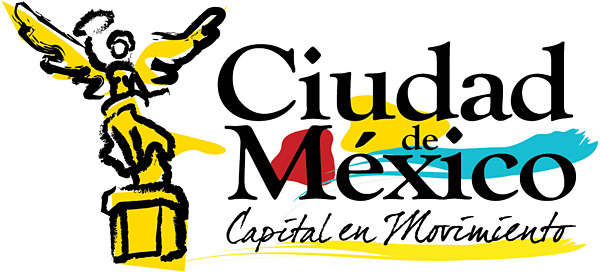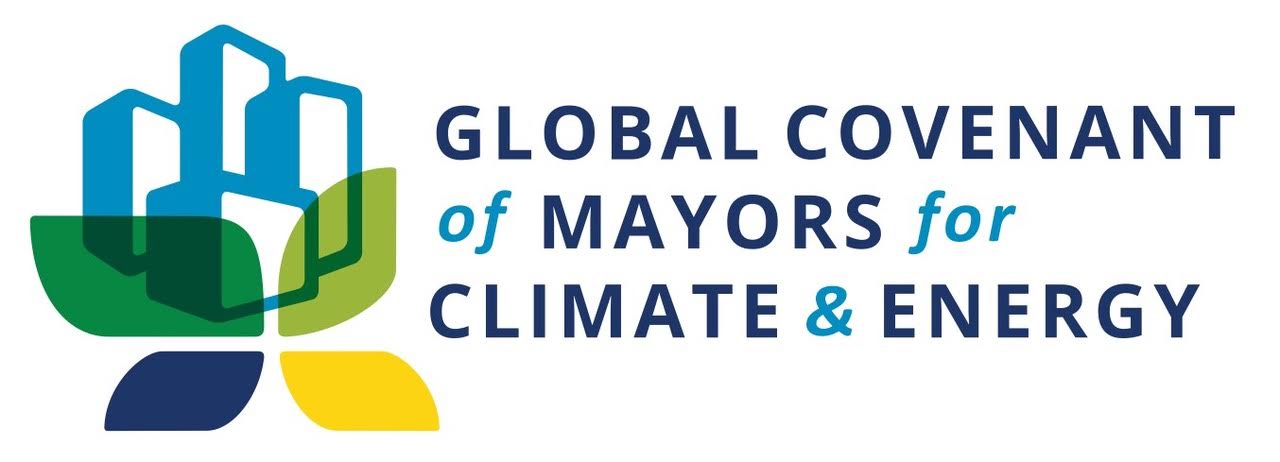- Home
- Reporting entities
- Wellington City Council
Wellington City Council
New Zealand-
Population 203800

-
Area 290.11km 2
-
GDP N/AN/A
-
Targets by N/A N/Aemission
Targets by Wellington City Council
There are no targets yet
- Start year:
- Type: Policy/Strategies/Action Plans
- Status: In operation
The Council currently holds over 4700 carbon credits from
city forests, valued at approximately US$ 76,775, and is anticipating
up to US$ 408,375 in credits by January 2013 by
committing other forest areas to carbon-sink schemes. In December
2011, the Council completed its first carbon trade of
voluntary emission reduction units (VERs) that were linked to
its PFSI forests. The trade resulted in net revenue of $120k.
- Other Emissions

- Start year:
- Type: Technical/Infrastructure investment
- Status: In operation
The Council has commenced a program to reduce household
energy and resource use. The primary aim is to implement
energy efficiency retrofits and projects in 1500 homes
per year—saving an average of 1 metric ton of CO2-e per
participating household per annum. This program is also
expanding to include other elements of household sustainability
and resilience such as earthquake preparedness, water
capture and storage, and waste efficiency.

- Start year:
- Type: Assessment/Research
- Status: In operation
There is an ongoing energy management program for Council
facilities involving facility audits and priority actions implementation
that emerges from those audits. The Council is currently
testing GIS systems in selected fleet vehicles. Information from
this trial will be used to assess vehicle capabilities and optimum
fleet size.
- Facilities

- Start year:
- Type: Assessment/Research
- Status: In operation
The Council has initiated and coordinated an electric vehicles
pilot program, resulting in New Zealand’s first production
electric cars (eight Mitsubishi iMiEVs) operating with
four Wellington business partners. It has also helped open
the city’s first electric vehicle charging station. Monitoring
and analysis of vehicle use is underway. There are now one
million NZ dollars invested yearly in safer cycling and the
first suburban, shared pathway will open in October. Walking
targets are reached by more than 42% of children walking
to school, alongside excellent numbers with regard to
CBD workers who choose to walk to work. Public transport
usage is the highest in Australasia. The Mayor sets an example
by often cycling and walking around the city and
rejecting her mayoral vehicle. All overseas Council travel includes
the purchase of carbon offsets
- Transport

- Start year:
- Type: Technical/Infrastructure investment
- Status:
The Council is testing sewage sludge disposal and energy generation using microwave pyrolysis. A Waste Minimization and Conservation Plan has been developed, covering aspects such as education, funding and bylaws. Allowances for purchasing carbon credits have been considered in long-term financial plans. The City already captures 90% of the methane from its Southern Landfill in order to generate electricity.
Read More Read Less- Waste




